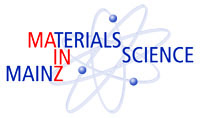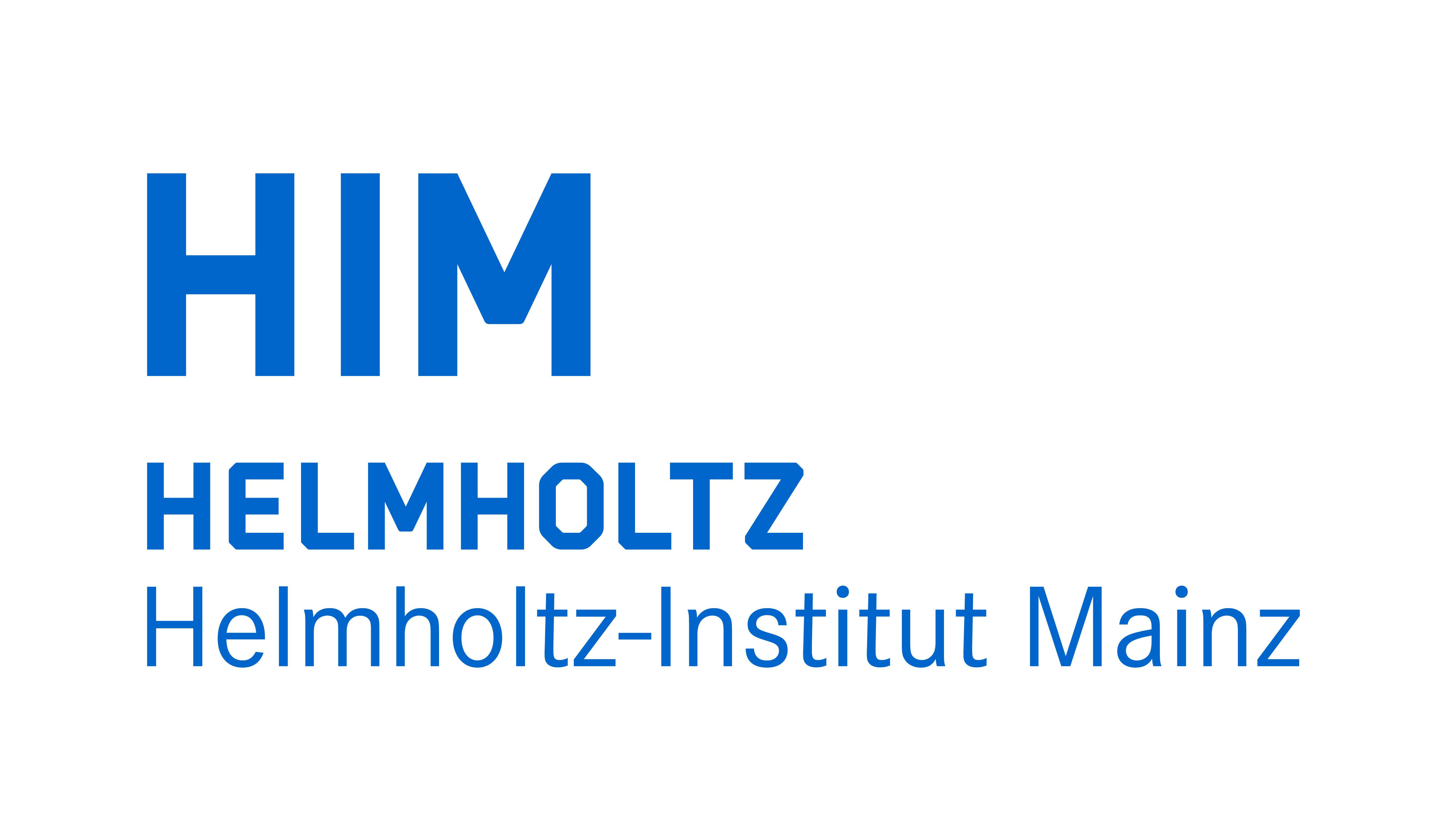


Physikalisches Kolloquium
June 20, 2023 at
4:15 p.m.
in
HS KPH
Prof. Dr. Friederike Schmid
Institut für Physik
friederike.schmid@uni-mainz.de
Prof. Dr. Hartmut Wittig
Institut für Kernphysik
hartmut.wittig@uni-mainz.de
Imaging of Asteroides for planetary defense
Dr. Simone Pirrotta (Italian Space Agency (ASI) Rome - Italy)
Small satellites are nowadays extremely powerful, flexible and sustainable platforms that can be used to complement the missions usually assigned to larger spacecrafts. Modularity, standardization, intensive use of state-of-the art COTS technologies consent to prepare cheaper missions in shorter timeframes, thus allowing a more frequent access to space environment, including Cislunar and Interplanetary. The Italian Space Agency – ASI promotes, funds and coordinates the national initiatives also in this promising sector, both for national missions and within international cooperation. The first products of this effort are ArgoMoon and LICIACube, both 6U cubesats which operated during 2022 as first Italian spacecrafts beyond the Low Earth Orbit. The Light Italian Cubesat for Imaging of Asteroids - LICIACube participated in the NASA Double Asteroid Redirection Test - DART mission, the first active Planetary Defense mission; on September 26th 2022, few minutes after DART’s impact on asteroid Dimorphos, LICIACube captured unique images of the impact effects, primarily the plume of ejecta, and the not visible side of the secondary asteroid. The operations have been conducted by a national team coordinated by ASI. The design, manufacturing, testing and operations of the space and ground segment elements have been performed by the Italian firm Argotec under ASI management, while a wide scientific team supported the investigation preparation with impact modelling simulation and data analysis and interpretation, under the coordination of the National Institute of Astrophysics INAF. The engineering teams of Polytechnic of Milan and University of Bologna were in charge of trajectory design and optimization and the orbit determination and navigation, respectively.
Captured images during the challenging fly-by confirmed the DART success as Planetary Defense initiative and provided scientists with highly valuable data, that allowed a first set of results to be confirmed and are currently under further analysis for scientific investigations. In fact, on October 11th 2022, NASA announced the complete success of the DART mission, confirming that the spacecraft’s impact altered Dimorphos’ orbit around Didymos by 32 minutes. Moreover, The LICIACube images show that the DART impact on Dimorphos generated a cone of ejected surface material with a large aperture angle. This plume has a complex and inhomogeneous structure, characterized by non-radial filaments, dust grains, and single and clustered boulders that allows us to deeply investigate the nature of the ejecta and the structure of Dimorphos.